Issue 8 / 8 March 2024
In the world of DIY electronic goodness this week... Album Of The Week: Kinbrae + interview, Track Of The Week: John Carpenter + new release round-up + more...
Issue 8 on 8 March. All the eights? That must be good luck.
News? You want news? As the new season properly rides into view, I actually saw the sun this week, we’re having a Spring Sale at moonbuilding.bandcamp.com. We’re beavering away on a new print issue and need to clear some shelf space, so Issue 4 is HALF PRICE. Yup, a fiver gets you a 48-page, full colour, delicious-smelling A5 zine and the 15-track ‘Moonbuilding Miscellany – Volume One’ CD packed with new music to learn and sing. If you’re discovering Moonbuilding for the first time, why not give our print version a try. Why not. The new issue will be out after Easter. Can’t wait to show you it.
The all-new Moonbuilding book shop was popular last week, which was good to see. The prices might be little higher than you can get elsewhere, but bookshop.org are at least supporting independent book shops. And it is all about the independence round here. Find our shop at uk.bookshop.org/shop/moonbuilding.
So here we go for another issue full of the usual fun and games. Let’s get on with it shall we? Things to do.
Neil Mason, editor
moonbuildingmag@gmail.com
PS - Oh, just been trying this out, let me know what you think. It’s an Issue 8 playlist so you can listen along. Click here» bndcmpr.co/fcaa4b1d
***ADVERTISE WITH US***
Your ad here? Email moonbuildingmag@gmail.com for details
KINBRAE ‘Cryptophasia’ (Castles In Space)
One of my absolute favourite albums, a record that I still marvel at no matter how many times I hear it, is Hannah Peel’s ‘Mary Casio: Journey To Cassiopeia’. Released in 2017, it’s a score for a 29-piece colliery brass band and modular synthesisers and came right on the cusp of Hannah Peel becoming HANNAH PEEL. It’s a glorious piece of work. The follow-up remix album, ‘Particles In Space’, is equally worth tuning in to.
I’m telling you all this because Kinbrae, Scottish twins Andy and Mike Truscott, remind me a lot of Hannah Peel. We’ve barely started on ‘Cryptophasia’, their third full-length, and they’re already blowing me away with the opener, ‘Vermiculation’. Scratchy string sweeps and piano plinks usher in shimmering brass, which grows and grows, getting bigger and louder and then it takes a breather, gathering itself almost, before returning, repeating two notes that stack up into a wall of sound. It just has that sound, that meeting of organic and electronic that seems to hit a sweet spot, and I suspect not just for me.
But they don’t just do it once, they do it again with ‘Language Development’. The second track. That mournful brass repeats over and over as strained strings creak underneath. The motif builds slowly, steadily, until rich bass chords arrive soaking the track in warmth. It’s a tease of a track because as much as it promises it snatches it away by beginning the outro with an entire minute to go, everything holding steady, stretching out to the end.
And then, sod me, they do it AGAIN. ‘Increasing Daylight’. We’re only on track three. It fades up, with a heave-ho kind of drone, like they’re dragging sound uphill. It thuds, with a heartbeat, and then there’s the melody. It gently picks itself out on a piano as the track rises around it. Strings sweep in and swirl around and the sound builds and builds to a rush of noise and then it all ebbs away.
This is, clearly, a record that catches the attention, fully grabs it. I found myself listening to each of this opening trio over and over again before I could move on. One thing is for sure, ‘Cryptophasia’ isn’t background ambience, this is a record made to be listened to. And one to be thought about too.
The twins’ previous outings are based firmly in nature. Their debut ‘Tidal Patterns’ was inspired by the remote Isle of Coll where Andy worked, while the follow-up ‘Landforms’ explored the River Tay and the impact it had on the brothers who grew up on its banks. Meanwhile, ‘Cryptophasia’ takes a curveball and tackles the secret language of twins.
The record examines the world of twins and focuses on the brothers’ own lives and experiences taking in family dynamics, memories, identity, rivalry, isolation and mental health. There’s some interesting titles that Mike and Andy talk me through in their interview below. What’s fascinating is how instrumental music is used to convey these kinds of ideas. Ultimately, careful use of titles points the listener in the right direction. And they can’t resist dipping back into nature with closer ‘Vernal Equinox’, the day the sun crosses the equator heading north and marking the beginning of spring (20 March, 3.06am if you’re wondering). That track along with ‘Increasing Daylight’ both hark back to ‘The Arrival of Winter’ from the ‘Landforms’ album, which covered off depression and negativity. Here the twins look at the changing seasons, but this time from a more positive view point.
It does feel like it’s been a long winter, but finally there are signs of spring in the air. ‘Cryptophasia’ is the biggest sign yet. Loving this.
‘Cryptophasia’ is out now on Castles In Space
KINBRAE
Delve into the world of Scottish twins Mike and Andy Truscott and discover what it’s like hearing your music on ‘Emmerdale’, why they think it’s important to get outside and we ask far too many questions about being twins…
Interview: Neil Mason
Hello gents, how’s things? What are you both up to today?
Mike: “Working, parenting, and trying to squeeze in some time to do music-related stuff. The usual daily balancing act.”
Andy: “Yeah same as Mike really. Weekdays are a bit mental for me as my wife works in a primary school so I do all the school runs for my kids. I’m trying to read more this year so I’ve got a few books stashed in the car that I read while I’m waiting for school to finish, ha!”
For a lot of artists, music isn’t a full-time concern these days, do you two make a living doing this?
Andy: “Nah, it’s not a full-time thing for us. We’ve both got day jobs alongside doing this, as well as two young kids each, but we always make sure we’re doing something music related daily, even if it’s just chatting about ideas, admin that needs doing…”
I guess a combination of bursaries and grants, session work and library music allows you to keep all the balls in the air?
Mike: “Yeah, that’s a massive part of it. We’ve been really lucky to get support from organisations like Creative Scotland and Jerwood that has allowed us to explore and develop ideas we’ve formed.”
Your library music has found its way onto a number of TV shows. Care to name drop a few? How does it feel hearing your work pop up on the telly?
Mike: “‘Emmerdale’ was one of the big ones, ha-ha. We’ve also had music on some BBC documentaries and as part of the Stand Up To Cancer campaign on Channel 4. It’s an amazing thing to hear your own music in that context and has always been a surprise so far.”
Your work mixes electronics, field recordings and live instruments, in particular brass. I always think there is something rather wonderful about the way brass and synths work together. Why do you think that is?
Mike: “We’ve always liked the human, expressive element that brass can bring to music, so I think that blended with the electronic sounds is a nice mix. There’s a nice contrast between the live, raw sound of a brass instrument against the synth sounds.”
Andy: “As we’ve progressed and developed I’ve started to spend more time running Mike’s brass through my modular synths which has opened up a whole new sound palette for us. It’s something that has been really inspiring to work with in our latest recordings and live shows.”
Coastal erosion, tidal patterns, the Isle Of Coll, The River Tay – your previous releases are very much inspired by the natural world around you. What’s the fascination for you?
Andy: “I guess it comes from a need to be in tune with the world around us. It’s definitely a mental health thing for both of us – trying to get away from social media and phones and engage with the environment we find ourselves in.”
Mike: “We’re lucky in that we grew up in an area that had a pretty diverse landscape. It’s something we’ve definitely come to appreciate more as we’ve got older. As Andy says, getting out into nature and going for walks is something that’s really important to us. There are a lot of natural sounds you can encounter in these environments that are great for as either starting points for a track or that can be used to enhance and idea.”
I’m always interested in how instrumental music can be about something – how do you convey that when you’re not using words?
Andy: “That’s always the challenge. One element of the process is choosing song titles that convey what we want the project to reflect. That means we can kind of frame the work and introduce thoughts in the listener that can then develop across a track. We always try to incorporate organic elements into our work as well, often using field recordings from areas we’re looking at to help give the tracks a sense of place.”
Mike: “For our music, I think that an absence of words can be appealing as it means that a listener can make their own interpretation of the sounds based on the hints and suggestions we've provided.”
Tell me a little about the musique concrète influence on your work?
Andy: “We’ve always tried to think outside the box in terms of capturing sounds and how we can use them, whether it’s sampling recordings of contact mics on fences to make percussive elements, creating drones out of electromagnetic recordings – we always try look for new sonic possibilities that we can incorporate into our work.”
Mike: “It was when Andy was on Coll and started collecting field recordings of the unique sounds he was hearing out there that we realised what great creative tools these could be in our music. Since then we’ve always spent time gathering field recordings at every opportunity, whether that’s sounds local to us or further afield in places we visit. Initially we’d use the sounds as recorded, but more recently Andy has been experimenting with manipulating these recordings which can change them completely.”
This new album isn’t about any of that though. In fact, it’s quite a leap. ‘Cryptophasia’ is the secret language of twins, right?
Mike: “Yeah, that’s right. Some time in the COVID period our mum sent a screenshot from the BBC website that cryptophasia was their word of the day and provided the description. It sparked something in both of us about moving away from the landscape-based work we’d produced before and to look at an album that explored our lives growing up together and how we’d got to the point of releasing music together.”
And you are twins! Do you/did you have your own language?
Mike: “Unfortunately I think any remnant of a private language we shared has been lost to time, if we had one at all.”
Andy: “Ha, yeah, not sure we ever had one.”
That’s a bit disappointing isn’t it?
Andy: “Yeah, it would be nice to have that ability to communicate with someone in that way so it’s a shame we don’t have it. We asked our mum if she could remember any phrases or anything and she said that when we were waiting for our dad to come home from work and come upstairs to our room to see us we’d be ‘listening for footprints on the stairs’ so we decided to use that as a song title.”
Mike: “If we could have remembered a language we shared then all the songs would probably have had nonsensical titles that we could have got people to try and decipher.”
There’s some interesting track titles that had me reaching for the dictionary – care to talk me through ‘Vermiculation’, ‘Dizygotic’ and ‘Ex Aequo’…
Mike: “The title ‘Vermiculation’ or ‘Vermiculate Patterns’ had been sitting around on our song name list for a while after seeing it in ‘The Road’ by Cormac McCarthy, who we’re both big fans of. It worked its way onto this album because we’d read somewhere that the word comes from the Latin for ‘little worms’, which we linked back to the small place in Fife we grew up in called Wormit. ‘Dizygotic’ was just a word we found when researching stuff about twins and is the type of twins that we are rather than monozygotic. ‘Ex Aequo’ refers to the fact that we were really competitive as youngsters, but this faded as we became older, started working more together and realised we’re equals. I think I found that phrase when I was down a rabbit hole on Wikipedia and looking up Palme d’Or winners at the Cannes Film Festival.”
And then there’s tracks like ‘Vernal Equinox’, ‘Increasing Daylight’, which seems to be back in more familiar territory for you?
Mike: “All the titles either refer to twins directly or to aspects of our own lives and experiences. These two titles are referencing mental health and tying that in with the changing seasons. It’s partly a callback to a song on our album ‘Landforms’ that was called ‘The Arrival of Winter’, which was about depression and negativity creeping in and taking over. Life has kind of beaten the shit out of us in the last few years in many ways, but we’ve been trying to develop ways to cope with challenges to our mental health, which can improve things. Hence the more positive aspects in the titles on this record. We've kind of hit spring, not yet got to summer.”
Andy: “Opening up about these issues to each other in recent times has been an important aspect of our relationship as brothers for sure. We wanted the feel of both these tracks to have elements of dread and uncertainty to suggest that despite all efforts, those negative thoughts can still find there way back in.”
People are really fascinated by twins aren’t they?
Andy: “Ha-ha, yeah, I think you’re right.”
What’s the best thing about being twins? And the worst?
Mike: “The best thing is that you always have someone alongside you who is sharing similar experiences to you. You always have someone there to play with when you’re a kid. I think the bond seems stronger than between regular siblings. We’ve always been interested in similar things, which is great, so we work well together. The fact that we create music together and have connected through that too is amazing. I don’t think there is a bad side to being a twin, I’ve always felt lucky to be one.”
Andy: “It’s such a unique thing being a twin. We are really competitive when we were younger which resulted in some good fights, but we’ve always had a good relationship.”
Tell me something about being a twin that people perhaps don’t know?
Mike: “About 99 per cent of the people you meet will ask ‘Which one is the evil twin?’.”
Do you think it affects your music-making in any way?
Mike: “I think it definitely does in some respect. We always seem to be on the same wavelength and since we are always in touch with each other anyway there’s always time to discuss music. I remember when Andy lived in Coll and I went out to visit him. We were writing stuff for our first album and I’d written a part on kalimba before going over. When I got there Andy played me a piano part he’d written and the two parts fitted together perfectly – that was pretty crazy. Proper telepathic stuff.”
Are you identical twins? Do people always ask if you’ve ever pretended to be the other one?
Mike: “We definitely aren’t identical. In fact, we spend most of our time trying to convince people that we’re actually related and that this isn’t some kind of marketing ploy we’ve come up with.”
Have you ever pretended to be the other twin?
Andy: “Unfortunately not. Would be fun to try, but there’s no chance we’d be fooling anyone.”
For more Kinbrae, see kinbrae.co.uk
***ADVERTISE WITH US***
Your ad here? Email moonbuildingmag@gmail.com for details
JOHN CARPENTER, CODY CARPENTER AND DANIEL DAVIES
‘My Name Is Death’ (Sacred Bones)
How many people reading this, not to mention artists and labels in our little corner of the world, are here because of John Carpenter? Whether that’s his soundtracks or films or doesn’t really matter, you suspect if it was hands up we’d be counting for a while.
Don’t know about you, but we’re pretty excited that his ‘Lost Themes’ series is making a return with ‘Lost Themes IV: Noir’ via Sacred Bones on 3 May. It’s billed as solo work, away from the film soundtracks. Thing is, it’s not that far. Working with his son Cody and godson Daniel Davies (the offspring of The Kinks’ Dave Davies, which throws up all sorts of questions), this fourth volume follows in the footsteps of the previous three. Carpenter calls them “soundtracks for the movies in your mind”, but they could easily be soundtracks in waiting, such do they drip with that exquisite Carpenter-esque menace. Drawing inspiration from a book of film noir images John’s wife gave him for Christmas, they are mining a particularly rich musical vein here. The first fruit is ‘My Name Is Death’, which comes with its own noir video. And that bassline!
johncarpentermusic.bandcamp.com
Got an upcoming release? We’re all ears. Find us at moonbuildingmag@gmail.com
Words: Neil Mason / Finlay Milligan
GOOD STUFF #1
Acrelid ‘Illegal Rave Tapes Selektion - 1999 - 2012’ (Dance Data)
Acrelid is a chap called John Lee Richardson who set up the Indifferent Space Recordings label in 2012 to “organise and release his ever expanding archive of recorded material”, some of which dates back to 1999. Here, the New York-based Dance Data steps in to release a curated selection of that back catalogue on vinyl for first time.
Inspired by the 90s UK rave scene and kicking it since he was 12, Richardson spangles out with everything from jungle to acid house and all points in between. He does talk about being influenced by the Radiophonic Workshop, but I’m not sure Daphne and Delia were ever this banging. Favourite track at the moment is the breakneck ‘Pure Knowledge’… that said, I do love the d’n’b take on ‘The Twilight Zone’ theme.
The release comes with a great 16-page zine designed by Acrelid that apes the anti-rave propaganda from back in the day. The front pages of Rave Maker and Illegal Rave Tape Magazine are great, as is the old school classified ads section. I’d actually buy Unpopular Electronics magazine. Genius. Absolutely bloody love this. [NM]
GOOD STUFF #2
Bolis Pupul ‘Letter To Yu’ (Deewee)
I mainly know Bolis Pupul for his work with fellow Belgian musician Charlotte Adigéry, particularly their single ‘HAHA’ built around Adigéry laughing. Here though Pupul strikes out solo with a very personal debut on Soulwax’s Deewee imprint. ‘Letter To Yu’ is a love letter dedicated to Pupul’s Chinese mother who died in 2008 (Pupul was born to a Belgian father and Hong Kong mother). Chinese-language vocals are featured throughout this album, and it’s all the better for it, not least because Pupul has recruited the brothers Dewaele on productions duties. The playful arpeggiating thump of ‘Frogs’? A delight from start to finish. ‘Spicy Crab’, named after a signature Hong Kong dish, is techno with an Eastern flavour, chimes and tones echoing around a rhythm-heavy synths. ‘Cantonese’ is a star though, and is proper full-fat electronic music, all thick bassy synthlines and squelchy electronics. ‘Letter To Yu’ is an absolute cracker for a debut. On repeat for the foreseeable. [FM]
GOOD STUFF #3
Cars From The Future ‘Cars From The Future 2’ (Irregular Patterns)
Jazztronica (like folktronica or any other ’tronica, I don’t even like word electronica) sounds like something you should give a very wide birth. Makes me think of late-period Morcheeba for some reason. You know, music that has been blanded out and ironed completely flat. I mean Tunng and Ultramarine are lumped under folktronica and look how brilliant they are. So here we find Birmingham’s Andrew Spackman, of Sad Man and The Dark Jazz Project fame, and experimental UK saxophonist extraordinaire Richard Davies mashing it up on this, their second outing as Cars From The Future, which is a pretty great name. It’s completely unhinged and really great as a result. Opening track ‘I’ll Be Back In a Minute Or Two’ starts off all normal and, like much here, just goes completely nuts. The pair describe it as something that “regular takes sharp handbrake turns and chaotic doughnuts”. Spot on, and you have to love that artwork. Inspired stuff all round, just don’t call it jazztronica. [NM]
GOOD STUFF #4
Warmfield ‘Warmfield-cum-Heath’ (Die Das Der)
I love albums that are based on geography, and as a northerner I particularly love them when they’re about The North. This by Warmfield, the alias of electronic musician Paul Broome, takes its inspo from the Wakefield parish it’s named after. It had a recorded population of 904 in the 2021 census I’ll have you know. In Broome’s own words, “the inspiration for the tracks came from the places, historical events and folklore of the Warmfield-cum-Heath parish where I spent a large chunk of my childhood living in a 400-year-old cottage”. Synthesisers bubble and shiver around Broome’s Yorkshire-accented vocals (never a bad thing), calling to mind a version of Warmfield that exists between dimensions. ‘The Lancashire & Yorkshire Railway’ starts like something from ‘Twin Peaks’, before drips of electronic tones all coalesce together into bouncy synthpop. Available on digital and cassette, with both formats mixed and mastered separately to take advantage of each format. And I’ve not even mentioned the 16-page zine of lyrics that includes what3words references for all locations on the record. Real love has gone into creating this album. Strictly limited to 45 as well, I wouldn’t hang about. [FM]
GOOD STUFF #5
Mining ‘Chimet’ (The Leaf Label)
Remember when there were all those storms that brought sand from the Sahara to the UK and the sky turned orange for a few days? Apart from the fact that somehow happened seven years ago, it serves as the backdrop to this offering from Mining, a collective that includes data scientist Craig Kirkpatrick-Whitby, sound designer PJ Davy, and composer and Leaf Label stalwart Matthew Bourne. Not content with an arsenal that includes piano, cello, and a Memorymoog, the record also uses 2016 sampled meteorological data streams from Chichester West Pole Beacon, also known as Chimet. The data was “collected every five minutes between 0030 on October 16th 2017 and 0025 on the 23rd” and translated into music. Blimey. ‘Chimet’ is otherworldly ambient with bells on, vast soundscapes that build, ripple, and converge. I’m a particular fan of ‘Petrichor’, reminiscent of Ben Frost’s ‘Dark’ score, its melancholic atmospherics punctuated by dark fuzzes that echo and distort into nothing. And Bourne’s piano on ‘Latent’ (captured in a single take!) is beautiful, adding a certain delicacy to an already gentle composition. “Music to watch the horizon to”, they say. Horizon or no, don’t sleep on this. [FM]
As always here’s a quick round-up in a round-up… Invada release Oliver Coates’ soundtrack to Sky’s historical psychodrama ‘Mary & George’. The series is based on the true story of Mary Villiers who sent her son, George, to the French court and when he was all poshed up he returned and headed to the English Court where he became a “favourite” of King James I if you catch our drift. The scheme opened the door for Mary to become one of the most powerful women in England. Coates, an esteemed cellist who has worked with everyone from Radiohead to Mica Levi as well as releasing his own work, has been making waves in soundtrack world of late. He’s scored so much good stuff, Steve McQueen’s ‘Occupied City‘, ‘Phantom Thread’, ‘Aftersun’. There is something really lovely about listening to soundtracks. Really enjoying this.
Synthetic Villains’ Richard Turner sent a nice email with some kind words about Moonbuilding Weekly, which will get you everywhere. Richard is based up in Lancaster, which you will know means he must be touched by the musical leylines that ripple through fellow Lancastrians Polypores, Field Lines Cartographer and Warrington-Runcorn. No pressure then. ‘Sounds From Inside The Racing Mind’ is from the 12-hour Foundation school of quirk. “The track’s themes in general,” says Richard, “are about the states between sleeping and waking, memory and false memory, and how what we think is real is often tenuous.” And like our Album Of The Week, he’s not afraid to roll out the big words. Cryptomnesia, hypnopompic and confabulation are all themes here. Now, where’s my dictionary.
syntheticvillains.bandcamp.com
Last but not least, Machine Records, which used to be based in Cardiff but is now to be found in Wellington, New Zealand (therein lies a tale, I bet) sent Pope Jean Paul Van Damme’s ‘Echoes Of An Abandoned Future’ our way and we were sucked in by artwork alone. It’s an AI job courtesy of Midjourney, but it is very striking. There’s also a really good interview with the artist, Cardiff’s Tom Wallace, on the release’s Bandcamp page. I do like how much he thinks about his aliases. The record is a cracker too. Banging drum and bass, which we’re liking a lot this week.
***ADVERTISE WITH US***
Your ad here? Email moonbuildingmag@gmail.com for details
PARTY OVER, OOPS, OUT OF TIME
I’ve always thought Eamonn Forde is one smart guy. Over the last 20 years or so, he’s positioned himself as the absolute go-to journalist for all things music biz related. And while he might have cornered the market, he’s no dull business hack. He writes brilliantly – lively, vibrant, funny and knowledgeable – and he gets to tell some really good stories along the way.
His latest tome, ‘1999 – The Year The Record Industry Lost Control’, is the story of the digital ticking time bomb that blew the industry apart. It’s a tale I recognise all too well as it’s around that time I arrived at NME.COM. The internet was the proper wild west back then and, much to my joy, the major labels didn’t have a plan for dealing with any of it. It’s a story for another time, but we did what we liked, pretty much. We had way too much fun as Rome burned.
Anyway, the labels had not a clue what was coming and Eamonn lays it bare here. His chapter sub headings alone are a treat – there’s puns galore including ‘Maurauder On The Dancefloor’, ‘Loss-Lead Us Not Into Temptation’, ‘Sum Of A Teacher Man’, ‘Been Court Stealing’… There’s just so much good stuff here, there’s a great section on Napster, which we used daily at NME mainly for hoovering up bootlegged live tracks overnight, especially when Radiohead were touring and playing new material. The band loved that let me tell you.
‘1999 – The Year The Record Industry Lost Control’ is a cracking read, not least because it details the catalogue of utterly hairbrained schemes that the digital goldrush spawned. Burn your own compilation CD kiosks, anyone? Eamonn describes much of what went on as “unhinged thinking”. Ben Drury, who created the hugely successful music download site 7 Digital, hits the nail on the head when he says that the smart people in the music business were very much the minority. He wasn’t wrong. One of my favourite tales here is when UK music lawyer Cliff Fluet returned from the US in late 1998 having bought one of the first MP3 players. He was showing it off in the Warner Music offices and was told by senior exec to “take that fucking thing home if you know what you job’s worth”. That head in the sand approach is what inevitably sank the music industry ship.
It’s a fantastic read, essential for anyone who fancies staring down the music industry in full self-destruct mode. And if you like this, you should check out Eamonn’s other books, ‘Leaving The Building: The Lucrative Afterlife Of Musical Estates’ and ‘The Final Days Of EMI: Selling The Pig’.
Omnibus / Moonbuilding bookshop
AFTERNOON DELIGHT
They’re clearly putting something in the water up in Merseyside at the moment. Following on from Moolakii Club Audio Interface’s brilliant all-dayer the other week, Lo Five/Emotion Wave’s Neil Grant dropped me a line about his new event, Music For Meditation, which he says is “an experimental approach to live music”.
Sounds interesting, right? “The aim,” explains Neil, “is to create a more immersive gig experience and with the help of a qualified mindfulness instructor use music as the object of meditation.”
Here’s the killer though. The guest for the very first event on Saturday 16 March is Polypores. POLYPORES. Not to mention it’s an afternoon, so no late night. Bonus. The meditation will be guided by Tony Bennett, a mindfulness teacher with The Mind Map and a PhD student at LJMU's School of Psychology.
If you’re thinking of going, Neil says you should bring cushions or mats to make yourself as comfortable as possible. The performance and guided meditation will last approximately 30 minutes, with some time before and after for introductions, explainers and feedback. Prompt arrival is essential as latecomers will not be permitted entry.
The event runs from 2-3pm (last entry is 1.45pm) at Studio 2, 24 Hope Street, Liverpool. Spaces are limited and I suspect it’ll sell out pretty chop-chop. Tickets are £10 from Skiddle.
FUN GUY
I don’t know, sometimes you stumble across something that makes you wonder what sort of internet voodoo must be at work to ensure it pops up in your particular timeline. I feel like I should already know about Modern Biology (his videos have A LOT of views), but you can’t know everything can you? So there I was idly scrolling the other day and I came across Modern Biology first time. It’s the work of US-based producer Tarun Nayar who talks about taking the earth’s resonant hum and turning it into “dreamy ambient soundscapes”. He explains what he does very neatly in this video…
So anyway, the video I saw, which led me down a right rabbit hole, found him plugging his modular synth into a mushroom and making music from it… I mean, I like kittens as much as the next person, but this is exactly what I want to see on social media. Maybe I’m just not using it properly. Anyway, Tarun talks about Mort Garson’s ‘Plantasia’, Peter Tompkins’ 1970s book ‘The Secret Life Of Plants’ as well as Eno’s generative approaches as key influences on his ‘Field Notes’ album, which came out a year ago. Do check out the upcycled cassette version, amazingly there are still copies available.
But there’s more! Tarun is heading to Europe in May for “a series of intimate pop-up plant and mushroom music shows in public parks”. I mean. Tickets and details here… eventbrite.com
A MESSAGE FROM THE MOTHERSHIP
SPRING SALE…SPRING SALE…SPRING SALE…SPRING SALE…SPRING SALE...
MOONBUILDING ISSUE 4, WAS £10 NOW £5 (+P&P). GRAB YOURS WHILE STOCKS LAST … MOONBUILDING.BANDCAMP.COM
The current issue of MOONBUILDING is full to the gills with the good stuff. On the cover, star-in-the-making Maria Uzor, we profile label-of-the-moment quiet details, there’s an incredible interview with Captain Star creator Steven Appleby, and Ghost Box’s Jim Jupp gets busy with our There’s A First Time For Everything questions.
We review a big pile of releases from labels including Castles In Space, Woodford Halse, Persistence Of Sound, Assai, Ahora, DiN, Werra Foxma, Ghost Box and many more. There’s a column from The Orb’s Alex Paterson and the world-famous Captain Star cartoon strip.
This issue’s CD is ‘The Moonbuilding Miscellany – Volume One’, which is put together by CiS supremo Colin Morrison. It’s a belter featuring tracks from the likes of Lo Five, Lone Bison, Twilight Sequence, Ojn, NCHX and more.
Moonbuilding Weekly is a Castles In Space publication.
Copyright © 2024 Moonbuilding

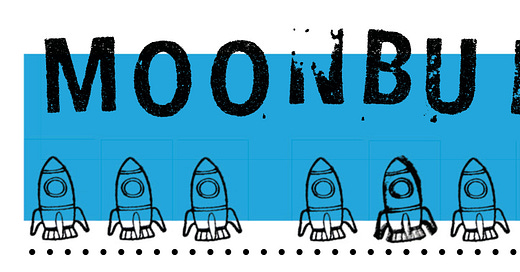




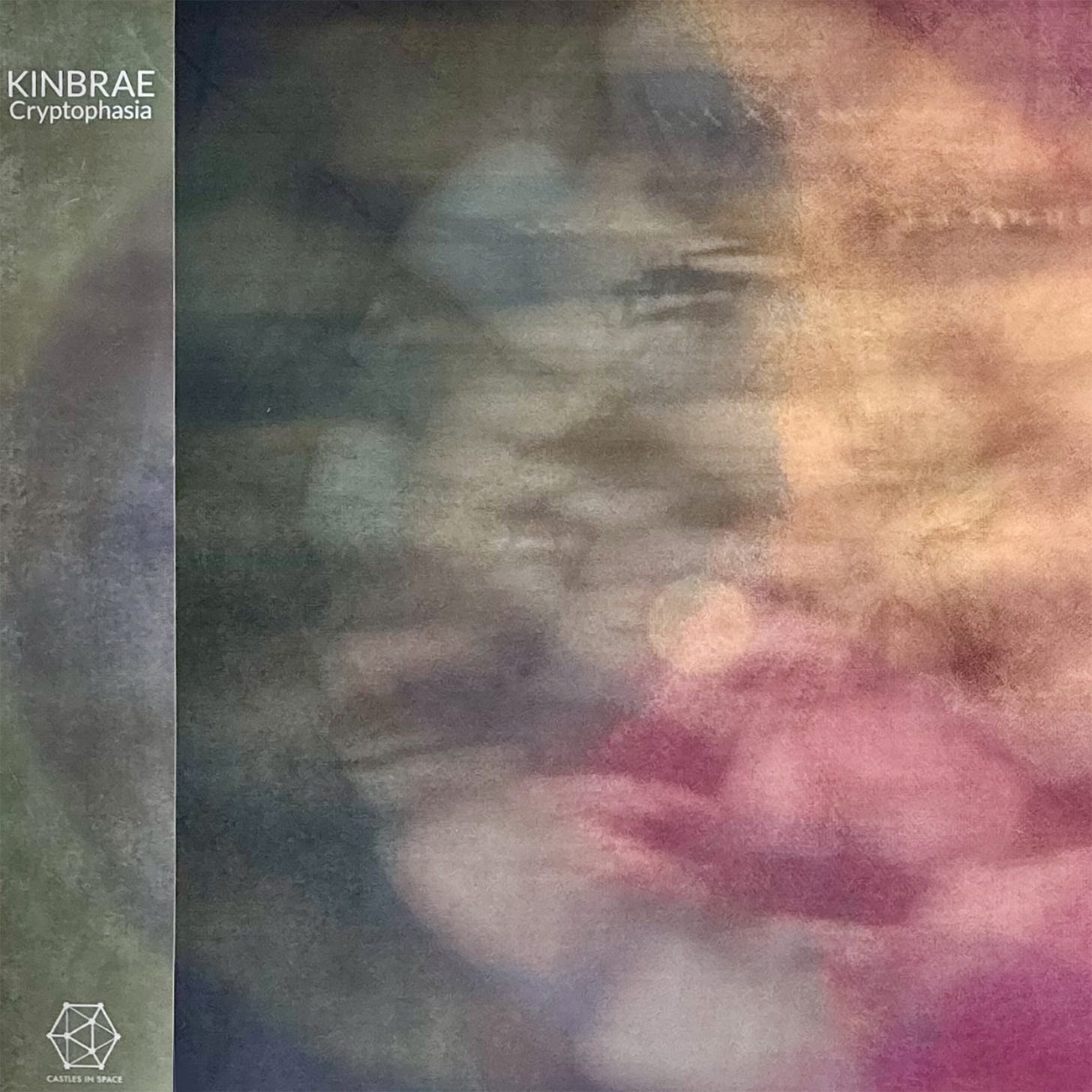
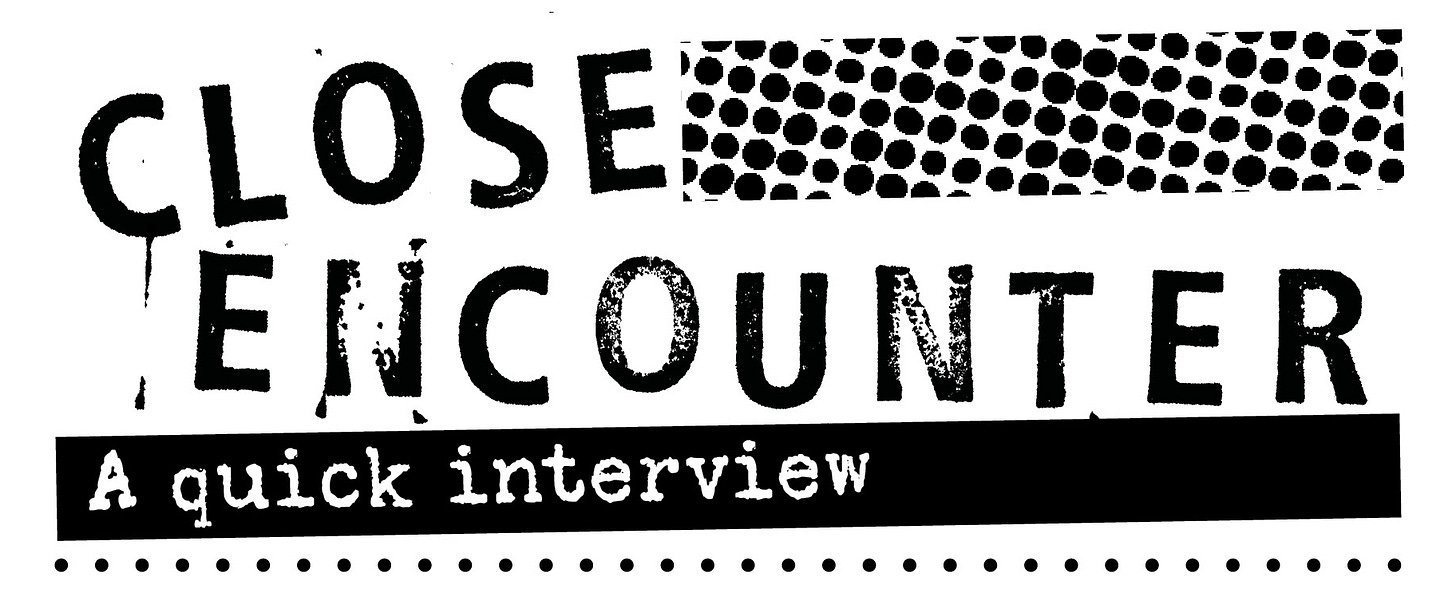
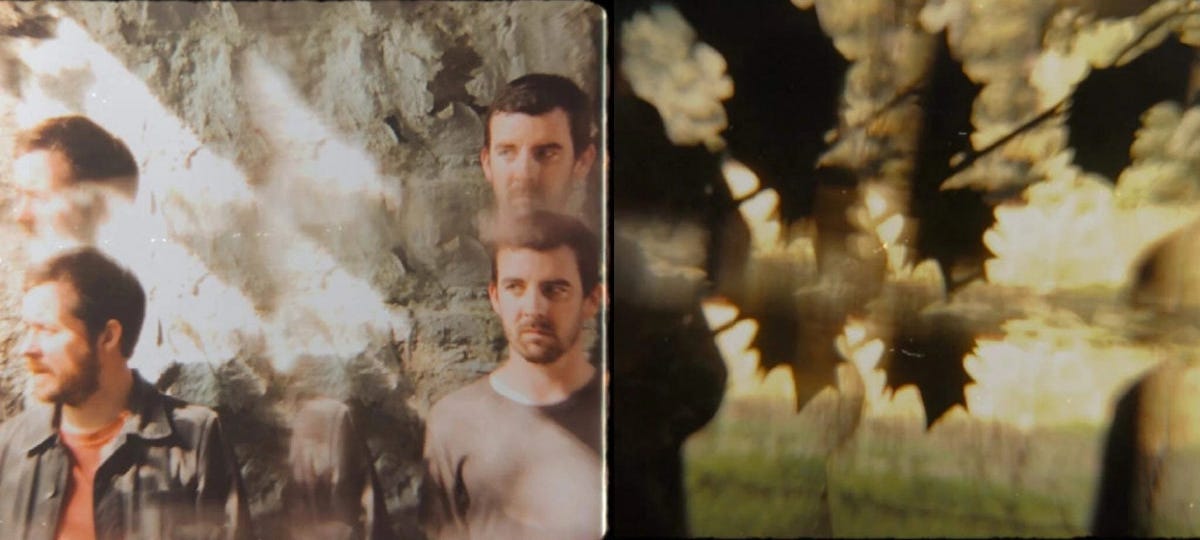


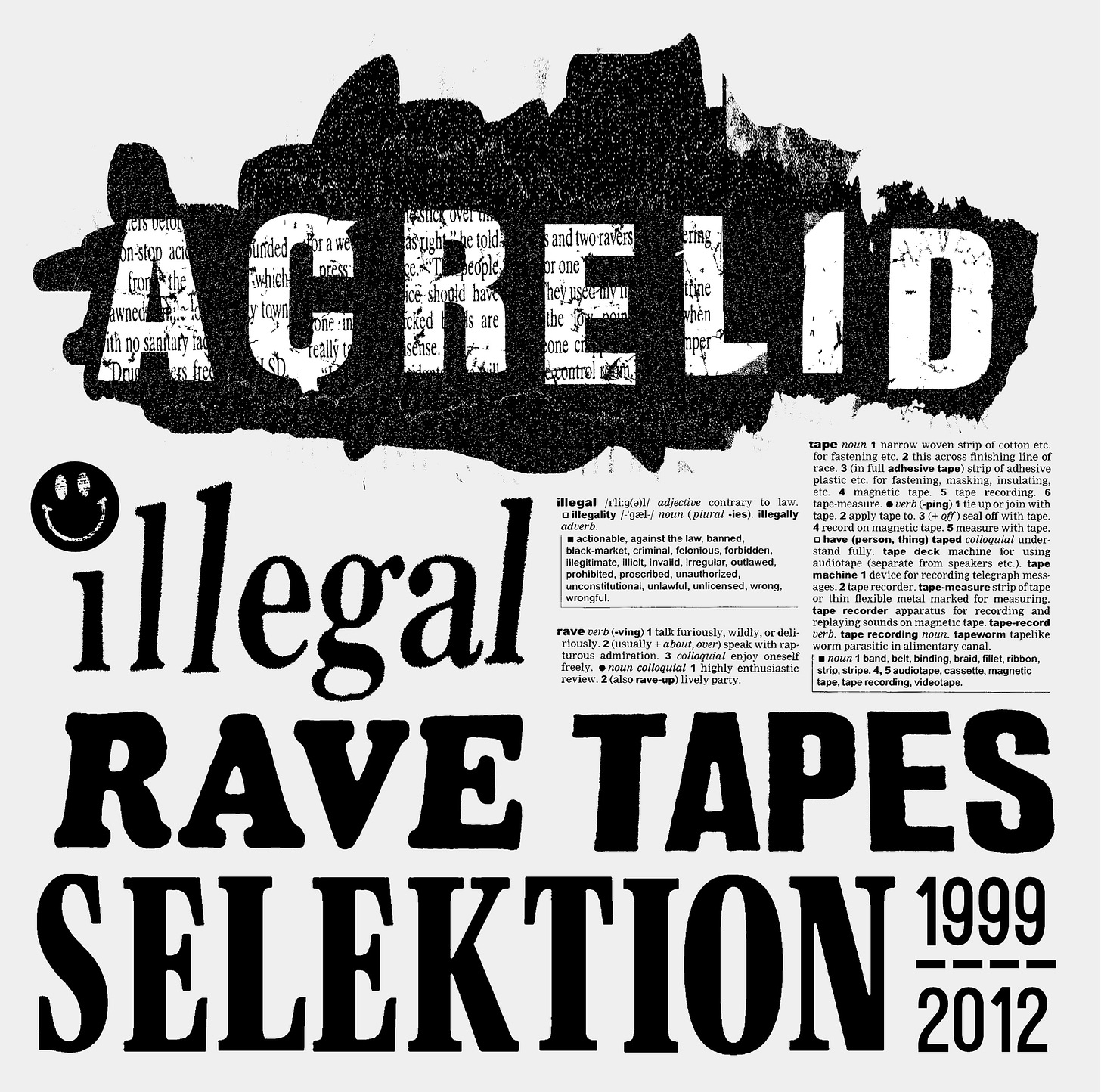
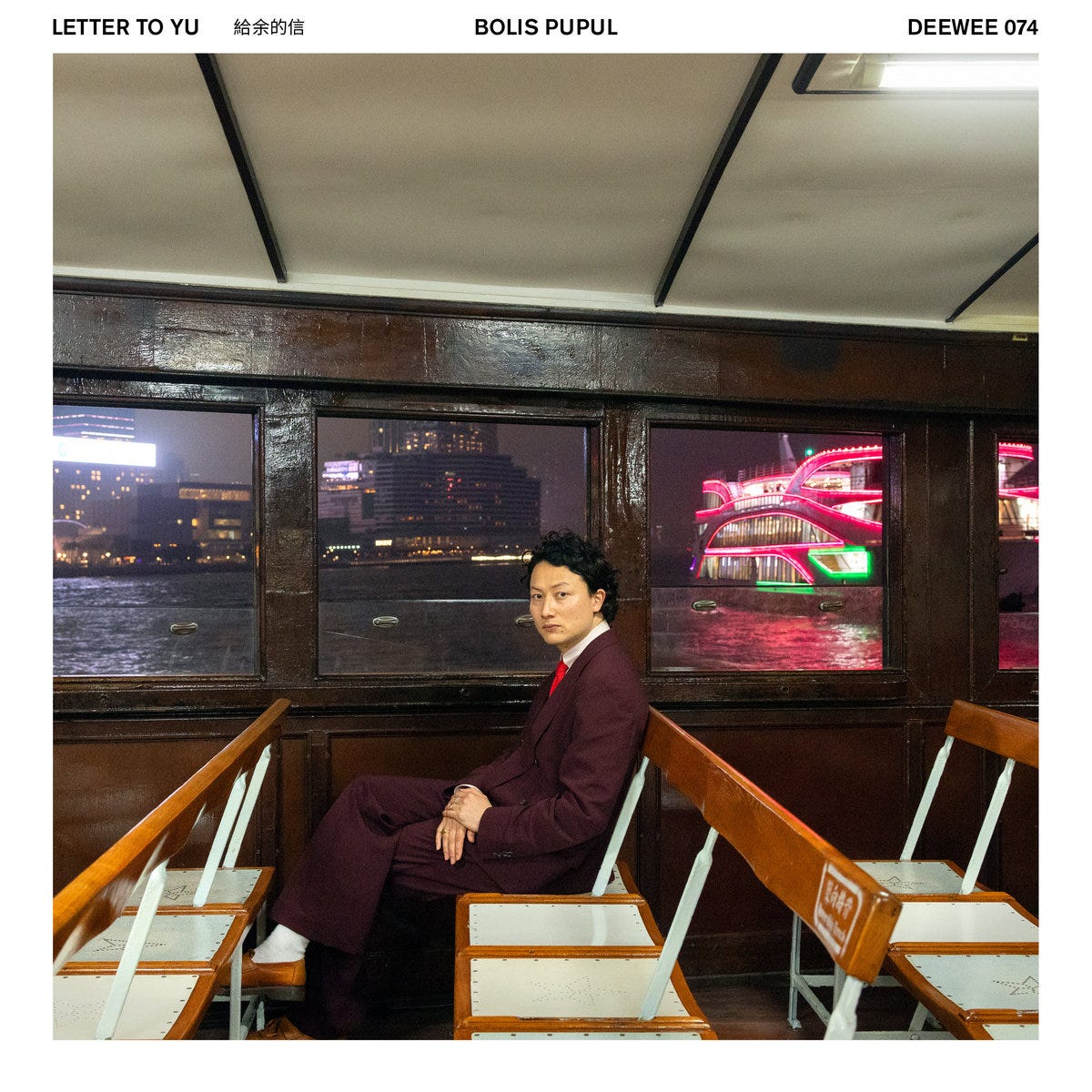
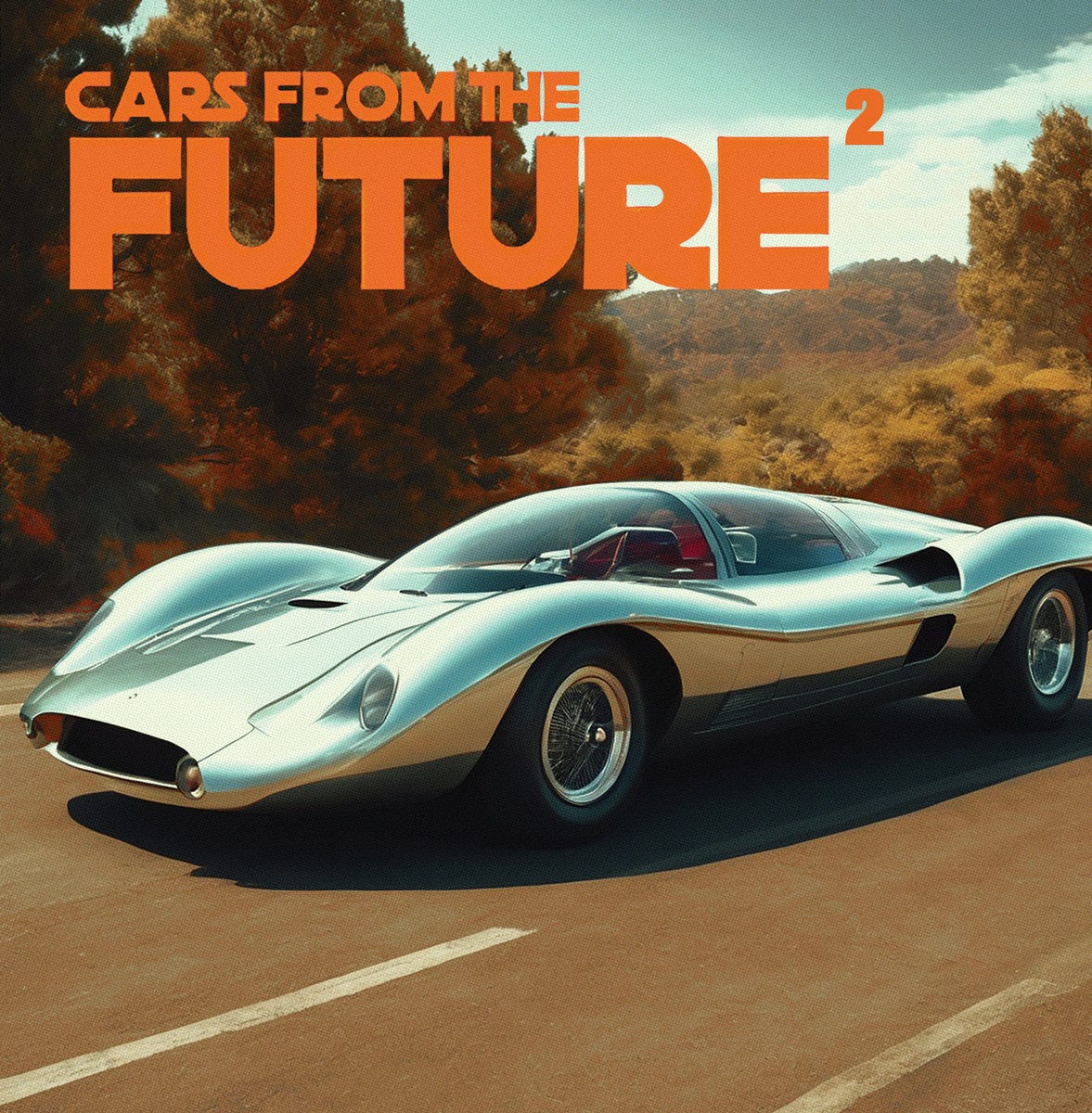
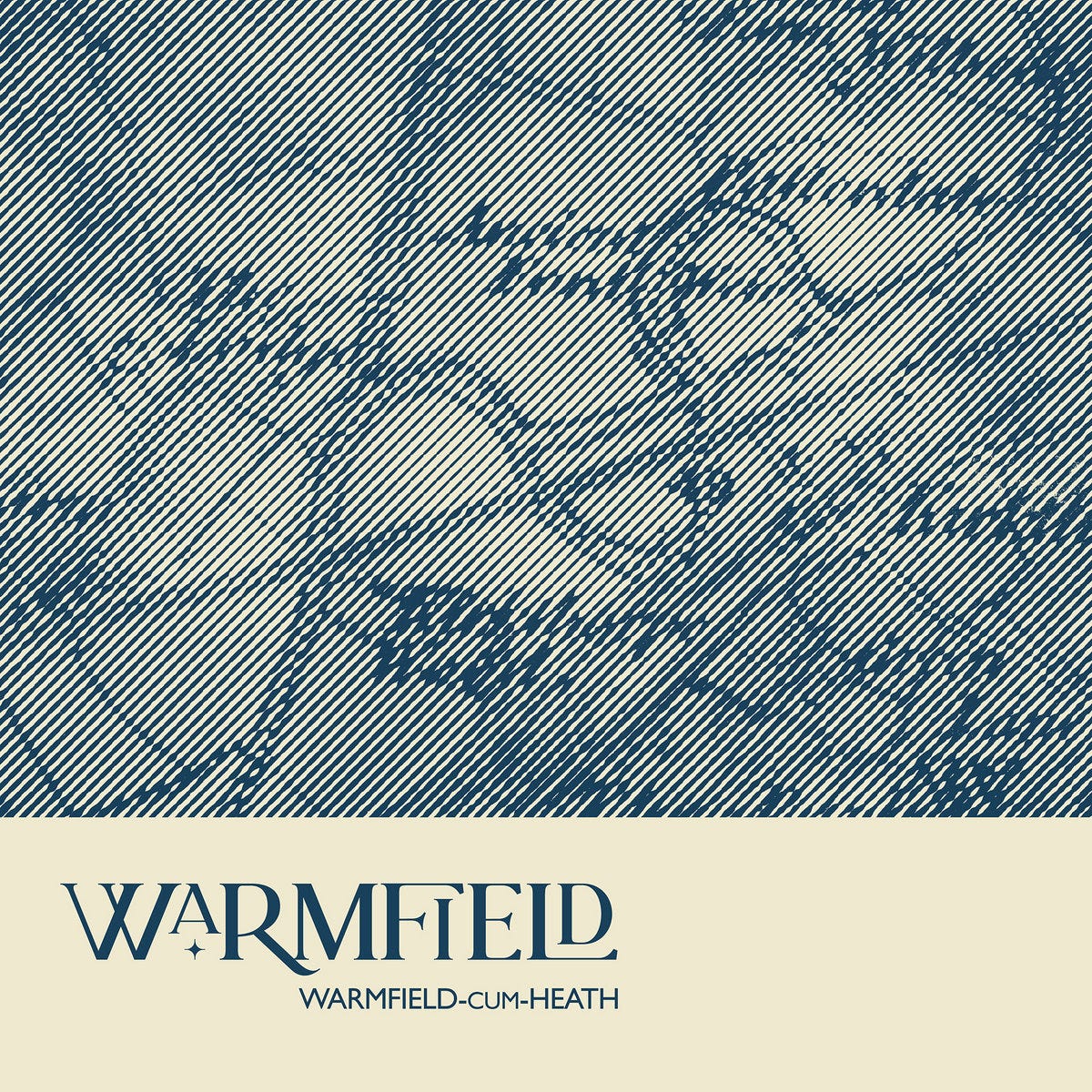
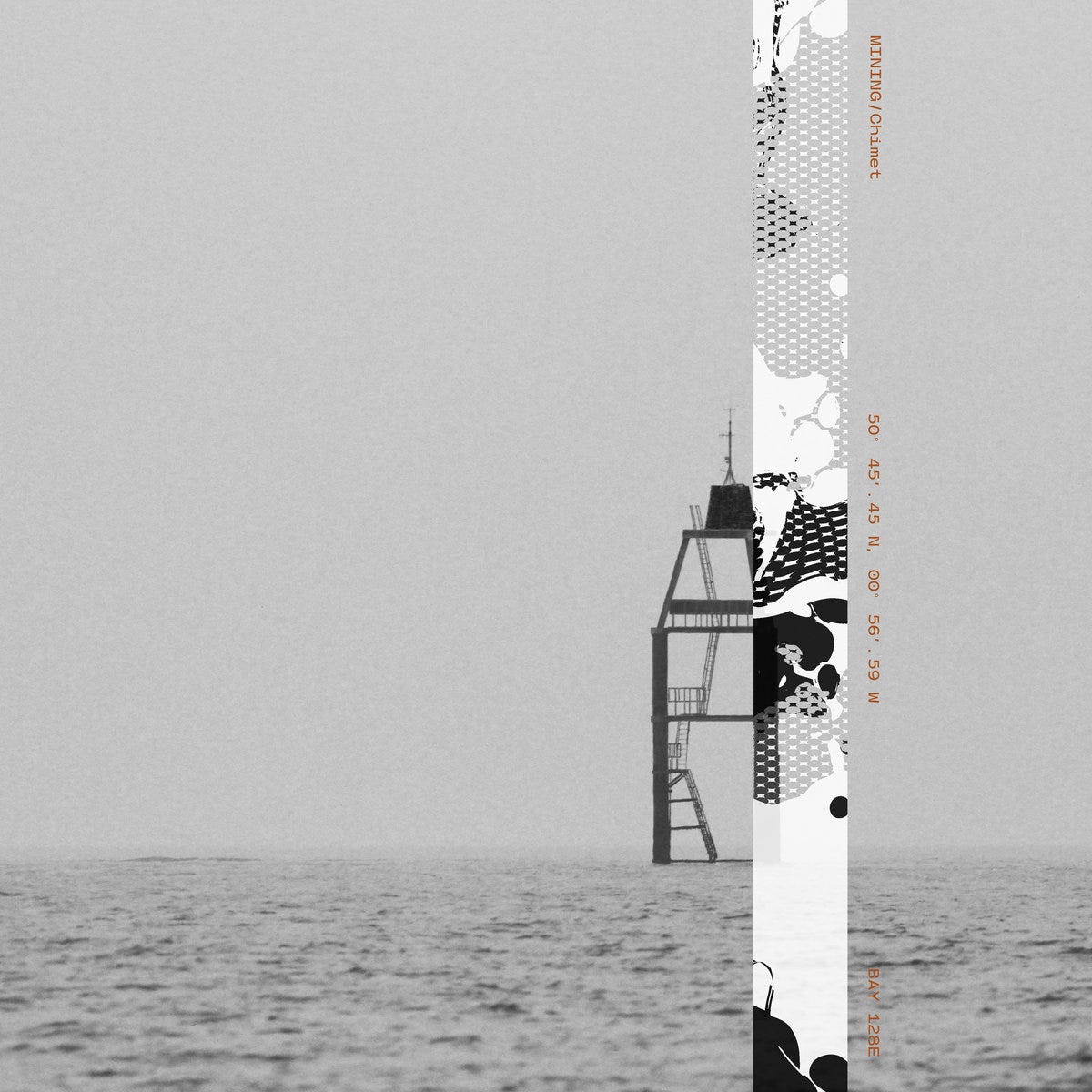

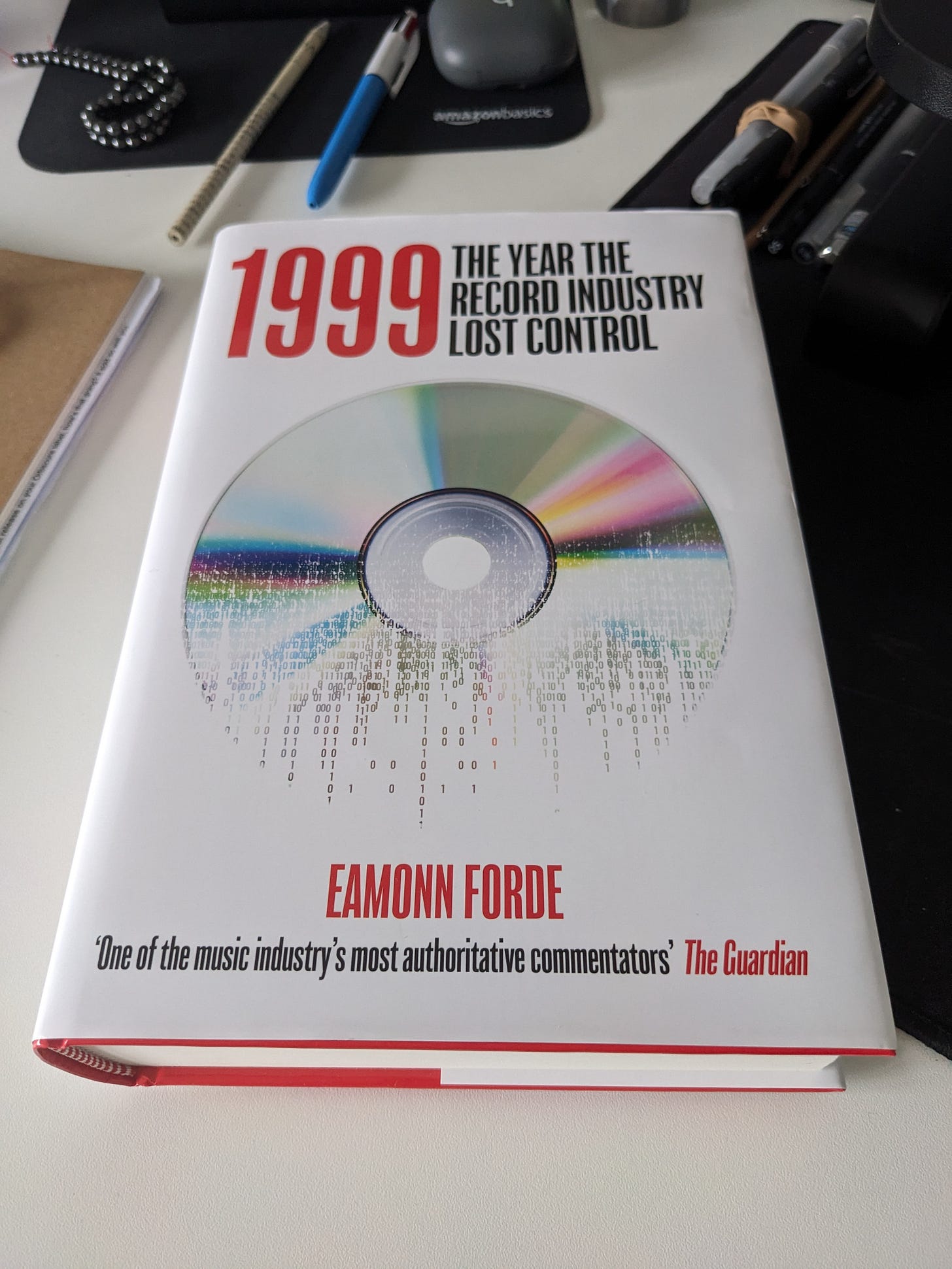

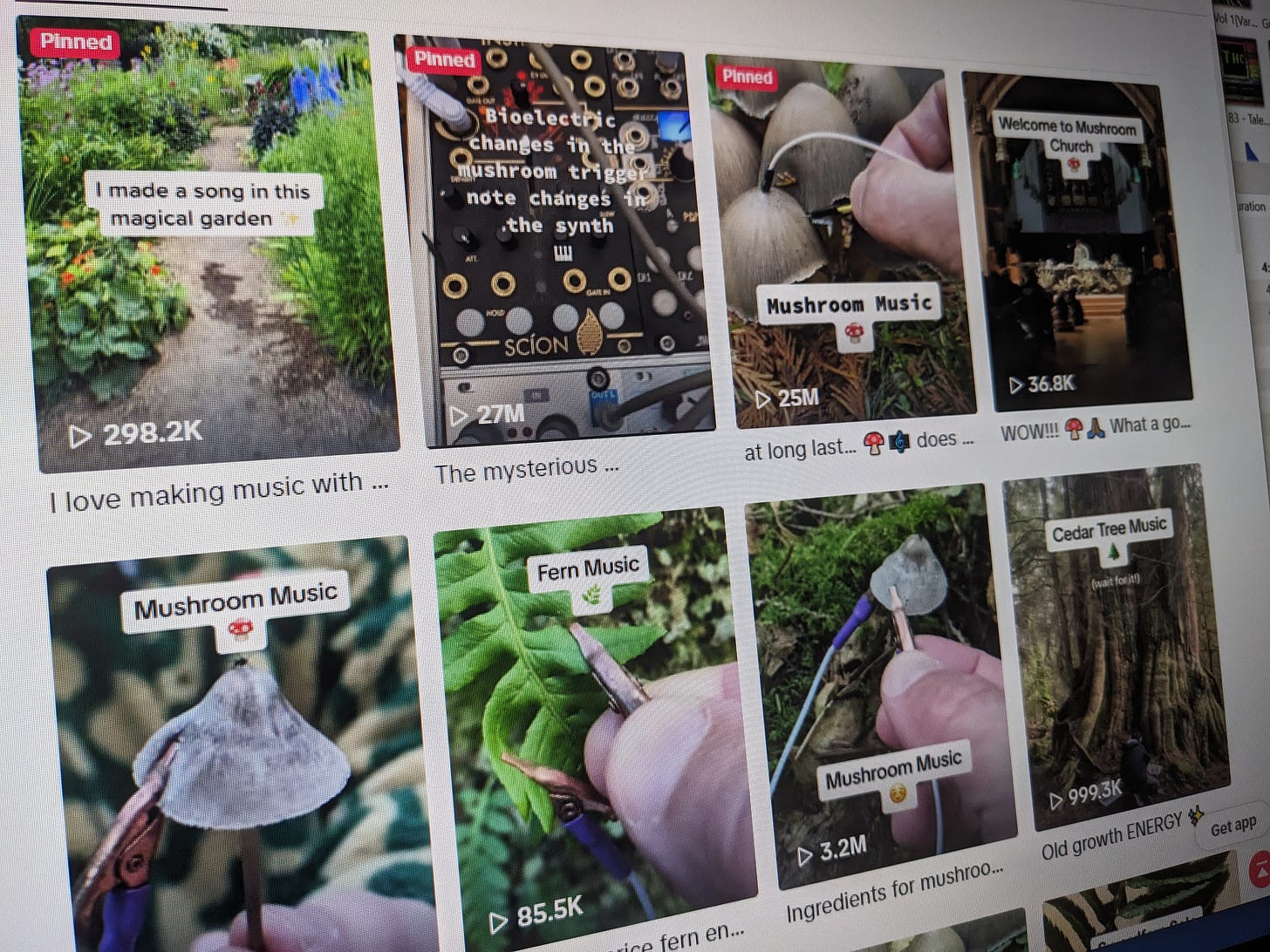
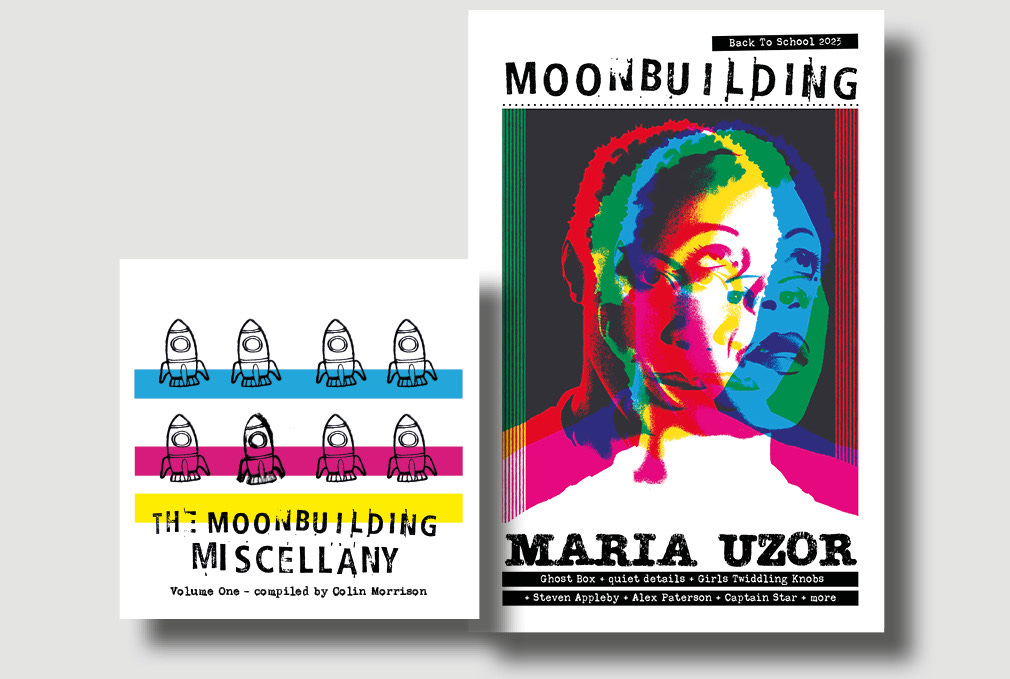
Loving the addition of the Issue Playlist! Cheers, and thanks for your time and efforts. These posts are quickly becoming both high and jumping-off points of my musical weeks.